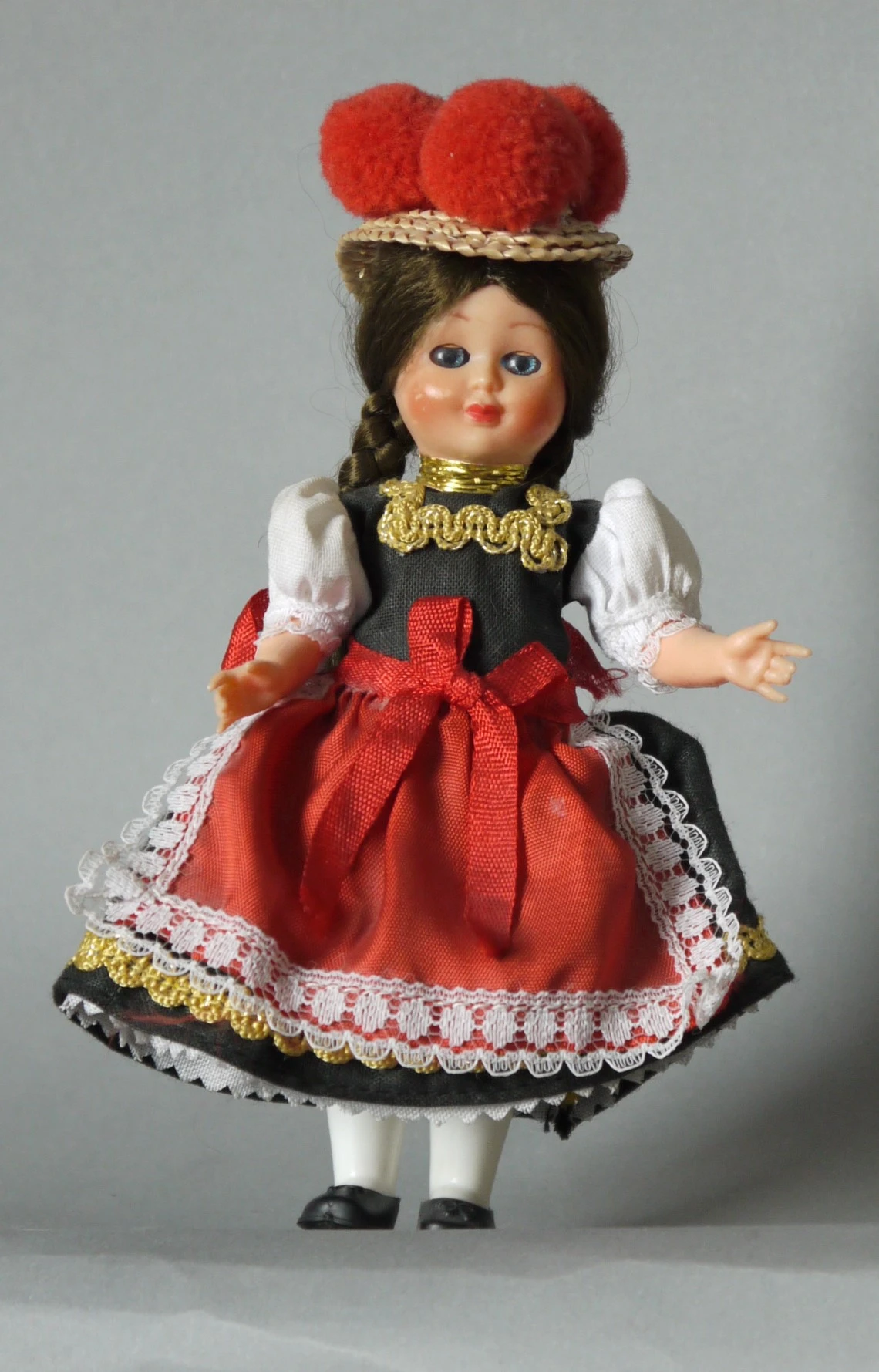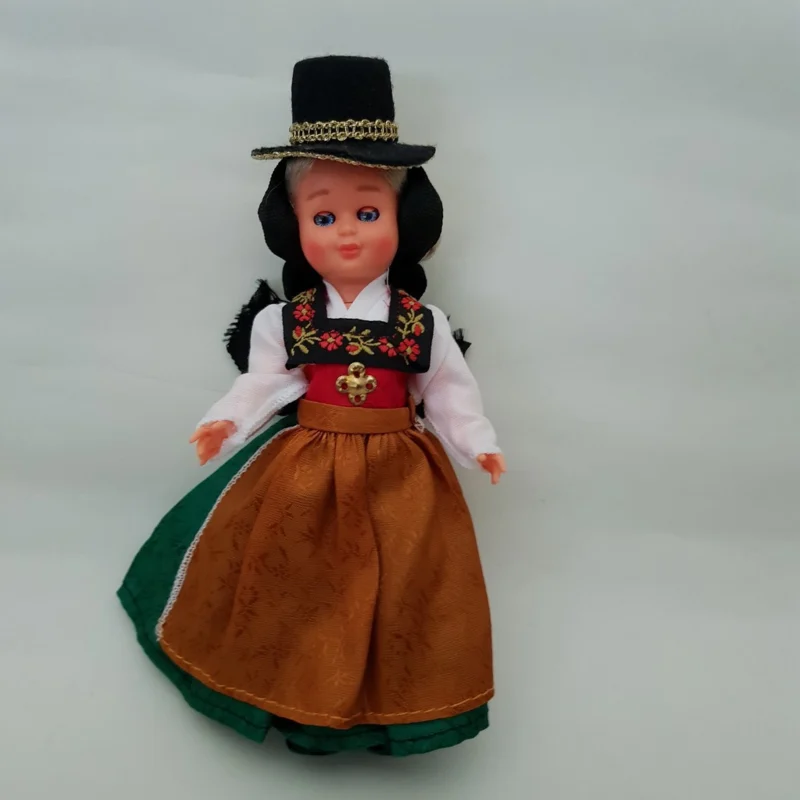

Dolls like this 3D model come in many different forms and costumes. This kind of doll in Dutch traditional clothing can be found in many variations, from different times and in different clothing. Since the 17th century until today, dolls similar to the one at the center of this story have been produced and sold (Madison, A., 2023). These dolls are not exclusively Dutch, rather many cultures make use of dolls to display their traditional costumes. Traditional costumes from Germany, Austria, or Russia are some examples that can often be seen on dolls.

Of course, the display and reproduction of cultural clothing on dolls goes beyond the borders of Europe. Through the invention of porcelain dolls in Europe, there is some mutuality between the looks of dolls around Europe. This mutuality might be one reason that made collecting these dolls appealing. Another reason certainly is the value of dolls or a complete collection. Porcelain dolls were seen as an art form and are still highly valuable because of the precise craftsmanship that goes into the production (Madison, A., 2023). But even today with mass-produced toys the owning of a broad collection increases the value. There are many different reasons to collect dolls, a Dutch doll can be another travel souvenir and an addition to a wide-ranging collection of different cultural dolls (Dumont, B., 2023). This possibility of adding this doll as a cultural display to a collection of other dolls with various cultural backgrounds justifies why these dolls are still produced and sold.